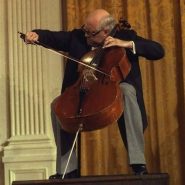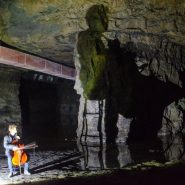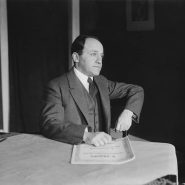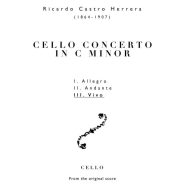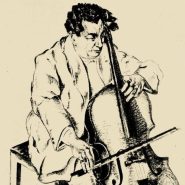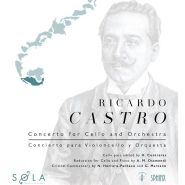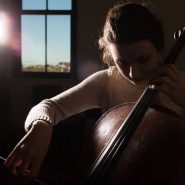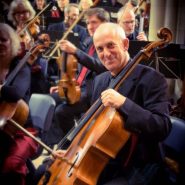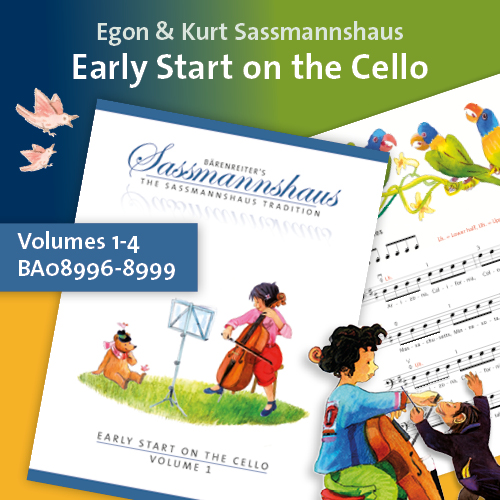Tag: Cello Repertoire
By Blogmaster March 27, 2025
By Cicely Parnas January 22, 2024
By Tracie Price September 16, 2023
By Wendy Velasco January 30, 2023
By Natali Herrera-Pacheco, Horacio Contreras, and Germán Marcano June 18, 2022
By Natali Herrera-Pacheco, Horacio Contreras, and Germán Marcano June 12, 2022
By Natali Herrera-Pacheco, Horacio Contreras, and Germán Marcano June 4, 2022
By Janet Horvath April 10, 2022
By Selma Gokcen October 29, 2021
Subjects Interviews
